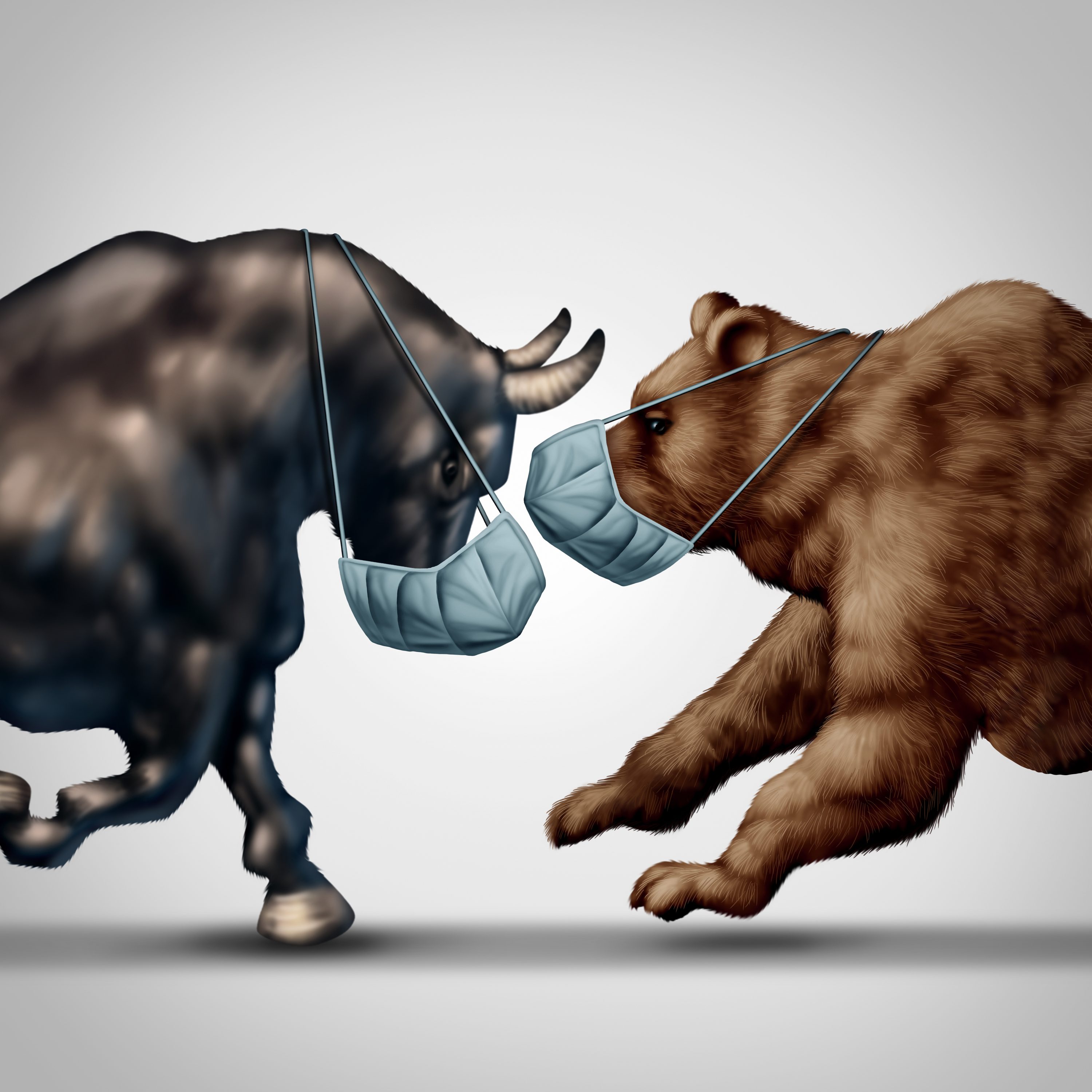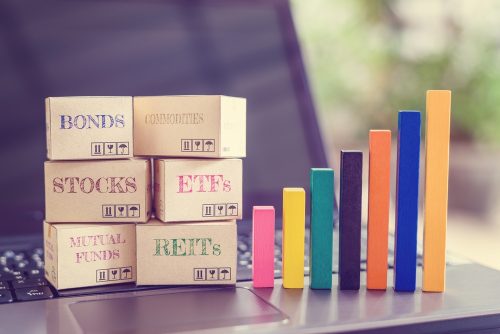As I was sitting down to write this article, I received an email from a younger client of mine with the subject line: “How do I stop the BLEEDING?” So, of course, I stopped writing and read his email. “Sorry to bother you, but I am nervous that it is going to continue to get worse. What should I do?” This is a common emotion felt by investors of all ages during a period of extreme volatility like we are currently experiencing.
Before I give you the answer to his question, let me tell you a little about myself. I do not like roller coasters. I do not like the thought of not knowing exactly when the car will reach the top of the tracks and start its freefall – one that I know is coming but am still worried about – only to have the roller coaster rise back up again after the drop. And I know the ride only lasts a short time. But I still hate it. And that feeling does not change the next time I ride that roller coaster. It feels different each time, even though I am familiar with the results.
This uncertainty is what my client, and most people, are feeling about the stock market over these last few weeks. Investment risk is defined as the uncertainty surrounding whether one will achieve a level of expected return. The market had been climbing steadily since January 2019, only to reach the top of the tracks and ‘swoosh,’ a quick drop that puts your stomach up into your throat. I mention January 2019, as that was the end of the last stock market correction and the beginning of the climb to our current position. In fact, it was only 18 months ago that the last correction started.
The S&P 500 lost 13.8% between September 2018 and December 2018, only to rebound with a 31.5% return in 2019. The Dow Jones Industrial Average (DJIA) lost 12% over that same period and rebounded with a gain of 25.3% in 2019. I know what you’re thinking: “But this time it’s different.”
Taking the emotions out of investing is one of the most important jobs for a financial advisor. We understand volatility is scary; especially volatility like we’ve seen recently. But it is not new or unexpected. Our job is to make sure you remain focused on your long-term goals and not allow your emotions to influence your financial decisions.
Emotions and the Stock Market Don’t Mix
The cost of an emotional decision can be multi-fold. First, there is the cost of potential capital gains tax on assets being sold in a non-qualified account. That is a number that is easily calculated. The decision to get out of the market may be easy. The harder choice is when to get back into the market. This is known as opportunity cost. Here are some important statistics from J.P. Morgan and Dow Jones relating to opportunity cost:
- The average annual S&P 500 return between January 3, 2000, and December 31, 2019 (a 20-year period consisting of approximately 5,000 trading days) was 6.06%. If you missed the ten best days of market performance over those 5,000 days, your annual return would only be 2.44% (a reduction of almost 60%). If you missed the 20 best days, your return would be break-even. If you missed the 30 best days, you would have a negative return of 2%.
- Six of the best ten days for the S&P 500 over these 20 years occurred within two weeks of the 10 worst days.
- The S&P 500’s best day of 2015 – August 26 – occurred only two days after its worst day – August 24.
- The Dow Jones Industrial Average (DJIA) has had 40 drawdowns of between 5% and 10% since 1945. The average recovery time was three months. The DJIA has had 14 decreases of between 10% and 20% over that same period, and the average recovery time was seven months. The DJIA has had five decreases between 20%-30%, and the average recovery time was 25 months.
- During 2008, the center of the Great Recession, we experienced seven of the 20 best return days for the DJIA since 1945.
How Do You Protect Yourself from Volatility?
It may seem like the easiest choice is don’t ride the roller coaster. The problem with this decision is that you need to be invested to keep pace with inflation. But be a prudent investor. Develop a well-diversified portfolio through asset allocation that includes both equity and fixed-income investments. Remember, the majority of this recent volatility is only in the equity market. Fixed-income investments have had a positive return so far in 2020, thus reducing the recent impact volatility has had on the portfolio return.
What to do if you are saving for retirement
If you are in the accumulation phase of life and saving for retirement, consider the following actions to get through these periods of considerable volatility:
- Act rationally, not emotionally. Remain invested with an eye on your long-term financial goals.
- Continue automatic contributions to your retirement accounts, forcing you to purchase investments at uniform dollar amounts while prices are low.
- Invest excess cash flow as a lower market is a great buying opportunity.
- Rebalance your investment portfolio to your long-term asset allocation goals.
What to do if you are retired and reliant on your investment portfolio to meet your ongoing needs
If you are in the distribution phase of life, using your investment portfolio to meet your ongoing needs, consider the following actions:
- Act rationally, not emotionally.
- Consider a bond ladder or ladder of certificates of deposit that mature annually for three years, which will provide for your cash needs without having to sell any investments during a down period.
- Rebalance your investment portfolio to your long-term asset allocation goals periodically.
What to consider if you are nearing retirement
If you are close to retirement, you may want to protect the value of your accounts, as you will rely on them to fund your needs when retired. Consider moving a portion of your 401(k) or 403(b) funds into a stable value or fixed-income investment until you are eligible to rollover the funds to an IRA at retirement. This defensive positioning will provide comfort as you approach the transition to retirement, which includes a whole other set of uncertainties. There would be no tax impact on this transaction, although you could suffer an opportunity cost, missing the market’s upswing when it happens – and it will happen. However, some investors believe this cost is worth incurring to ensure the value of their nest egg remains available for retirement.
If you already retired and preparing to rollover your IRA, we recommend delaying the transaction due to the current market volatility. This is because it can take up to three weeks for the cash to transfer to a new account and you could miss a potential upswing in the market during that time.
Knowing how to deal with volatility and uncertainty in the market at different stages of life will help you “stomach” the ups and downs of the market. A final bit of perspective: the DJIA closed at 23,185 on Friday, March 13, 2020. It closed at 21,792 on December 24, 2018, only 15 months ago. You have ridden this roller coaster before.
















